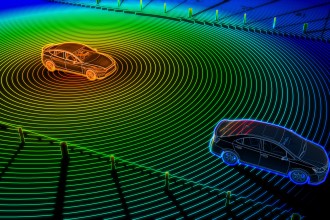Manufacturing:
Digital twins are widely used in the manufacturing industry to create virtual replicas of production lines, machines and equipment. These virtual models allow manufacturers to simulate different scenarios, predict performance and identify potential issues before they occur. By using digital twins, manufacturers can reduce downtime, optimize maintenance schedules, and improve overall productivity.
Healthcare:
Digital twins are used in healthcare to create virtual models of patients, which can be used to simulate various treatment options and predict outcomes. This technology is particularly useful in complex medical cases, where doctors can use digital twins to identify potential complications and plan for interventions. By using digital twins, healthcare providers can improve patient outcomes, reduce costs, and accelerate medical research.
Infrastructure Management:
Digital twins are also used in infrastructure management to monitor and optimize the performance of buildings, bridges, and other structures. These virtual models can simulate the impact of external factors, such as weather conditions, on the structure's performance, and identify potential issues before they occur. By using digital twins, infrastructure managers can reduce maintenance costs, improve safety, and extend the lifespan of structures.
Energy Management:
Digital twins are used in the energy industry to create virtual replicas of power plants, wind turbines and other energy assets. These virtual models can be used to simulate different scenarios, predict performance and optimize maintenance schedules. By using digital twins, energy companies can reduce downtime, improve efficiency, and reduce costs.
Autonomous Vehicles:
Digital twins are also used in the development and testing of autonomous vehicles. These virtual models can simulate different driving scenarios, predict the behavior of the vehicle and identify potential safety issues. By using digital twins, automotive companies can accelerate the development of autonomous vehicles, improve safety and reduce costs associated with physical testing.
To Conclude
Digital twins are a powerful technology that enables organizations to create virtual models of real-world objects, processes or systems. By using digital twins, organizations can optimize performance, reduce costs, and minimize risks. With the increasing adoption of digital twins across various industries, we can expect to see even more innovative use cases emerge in the future.
Quickscout
Looking for suitable
technology providers?
Start scouting!






